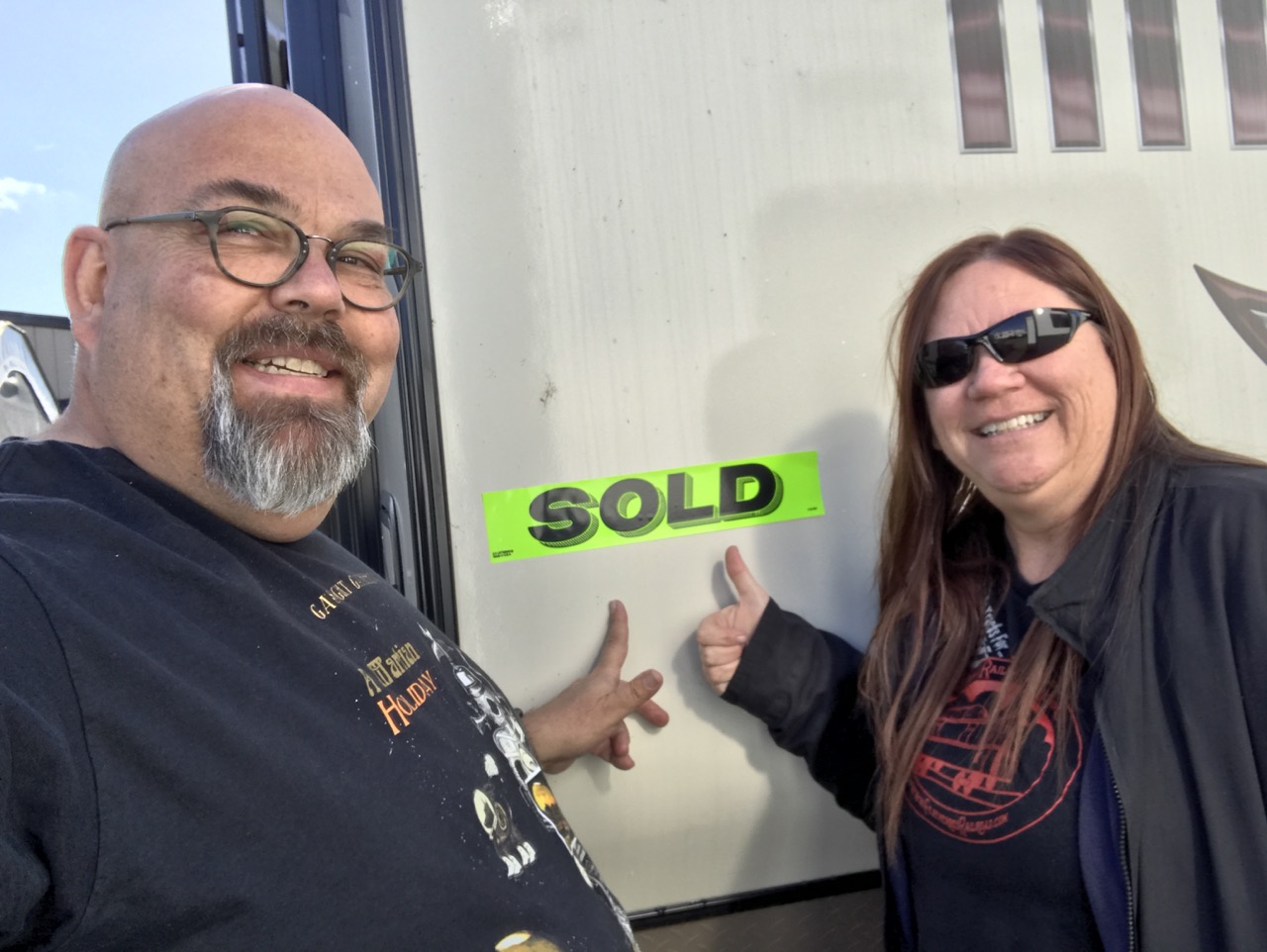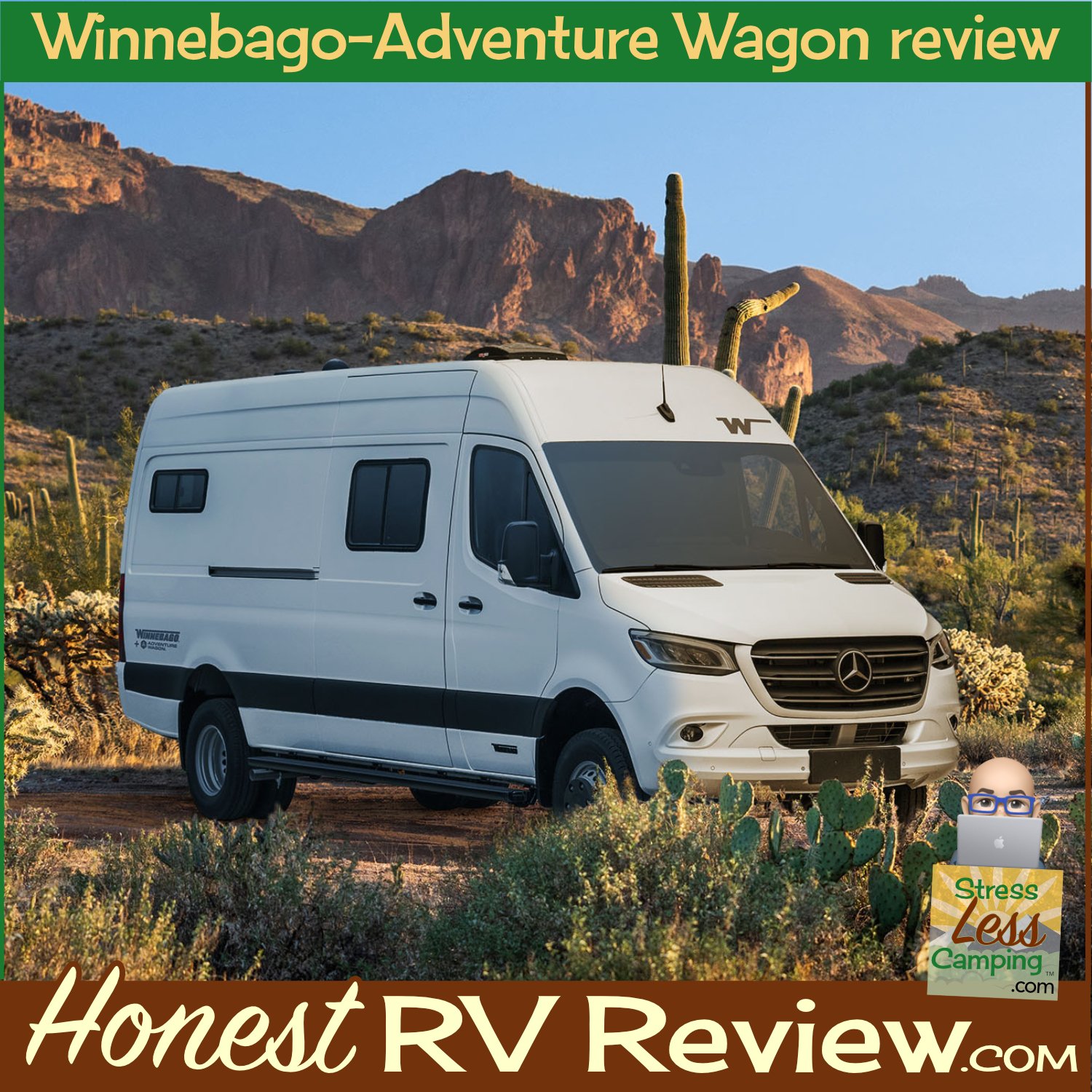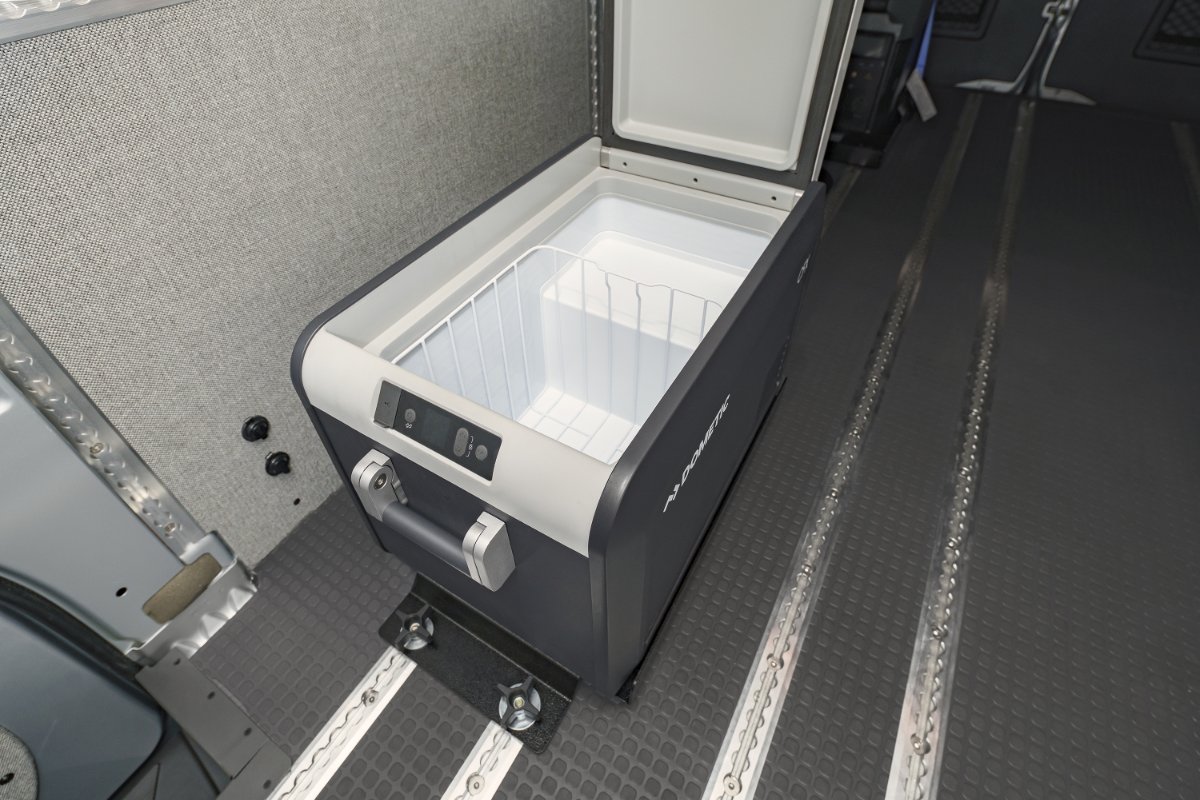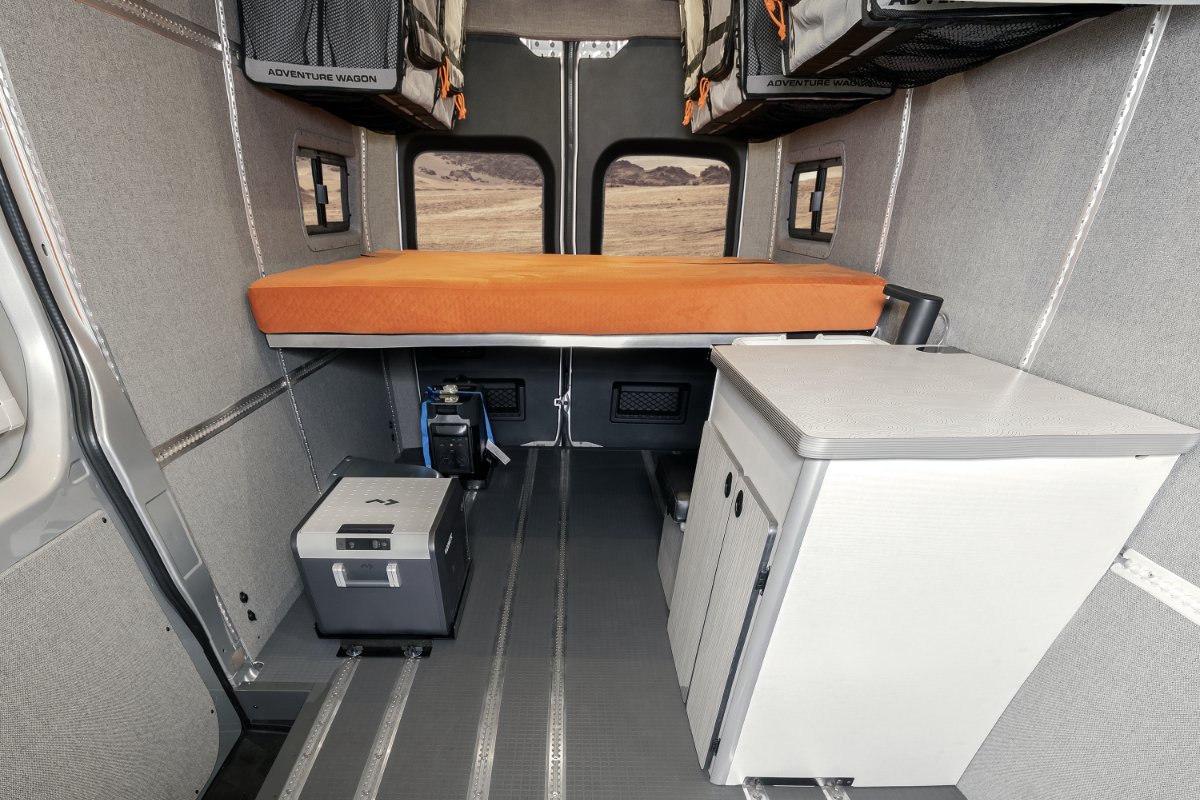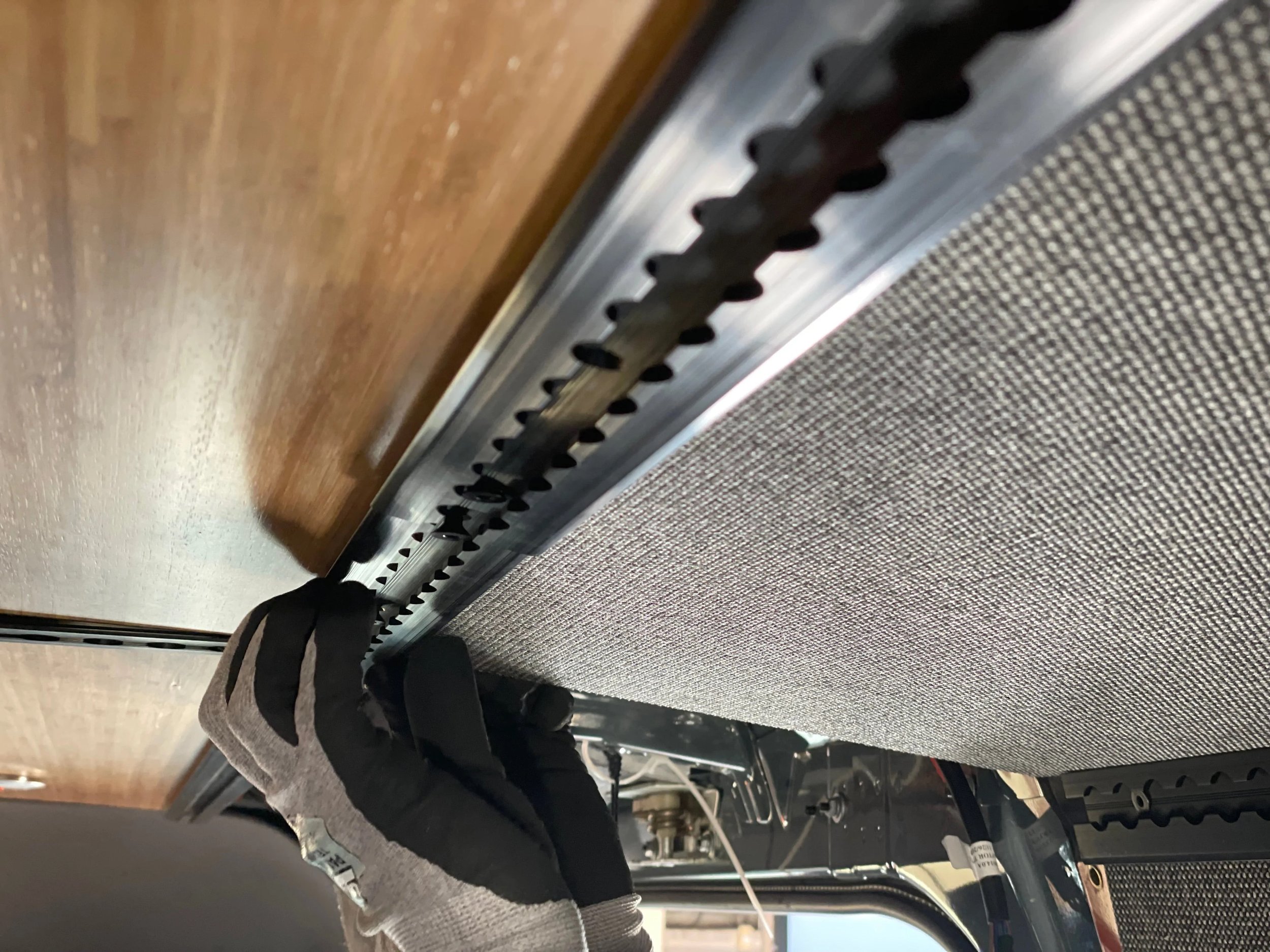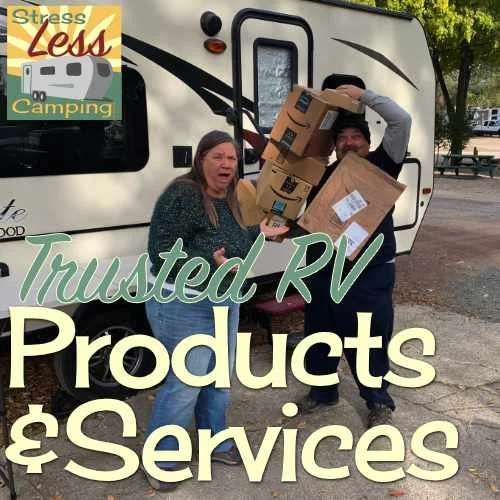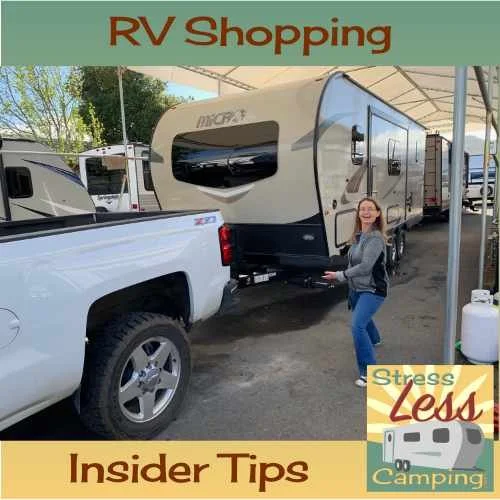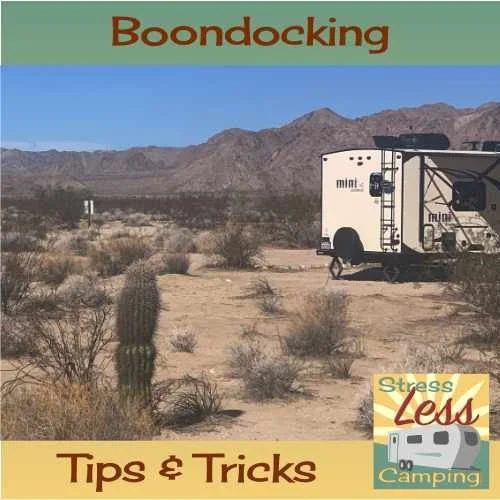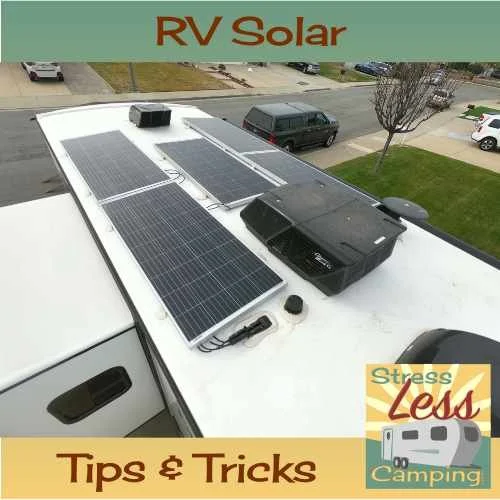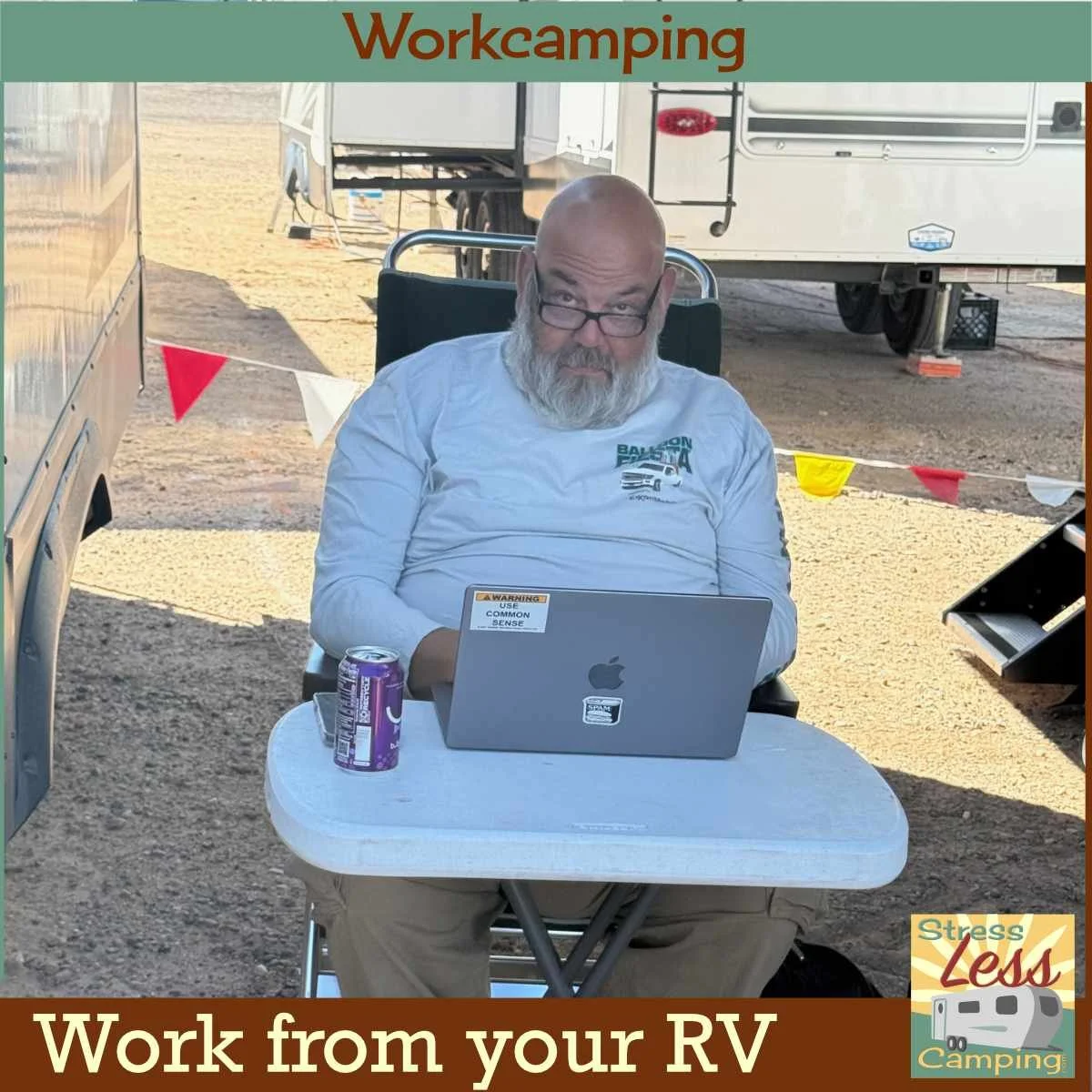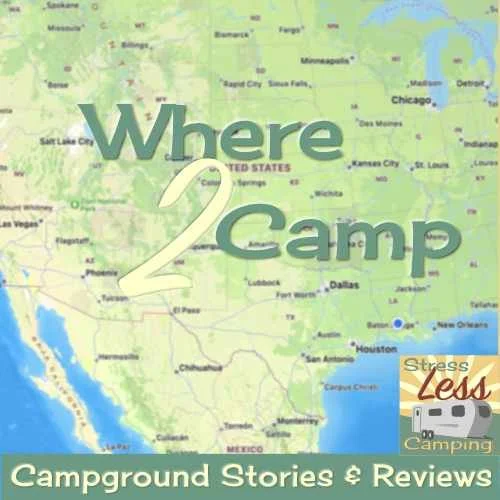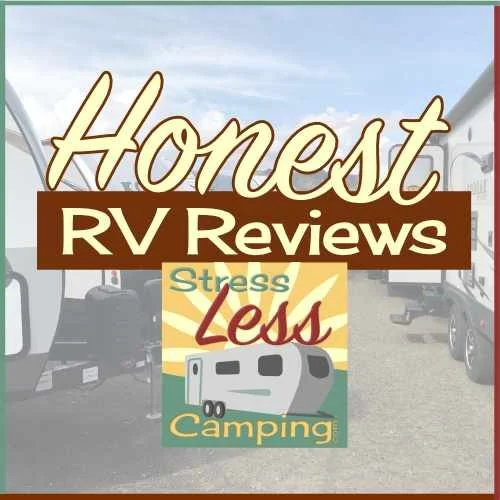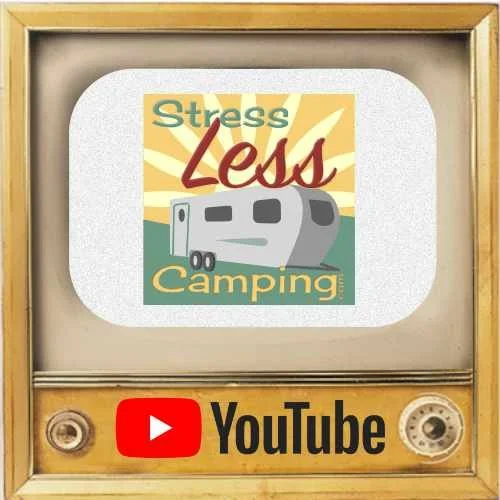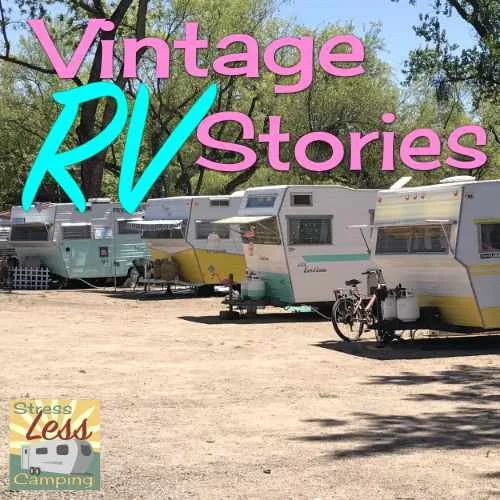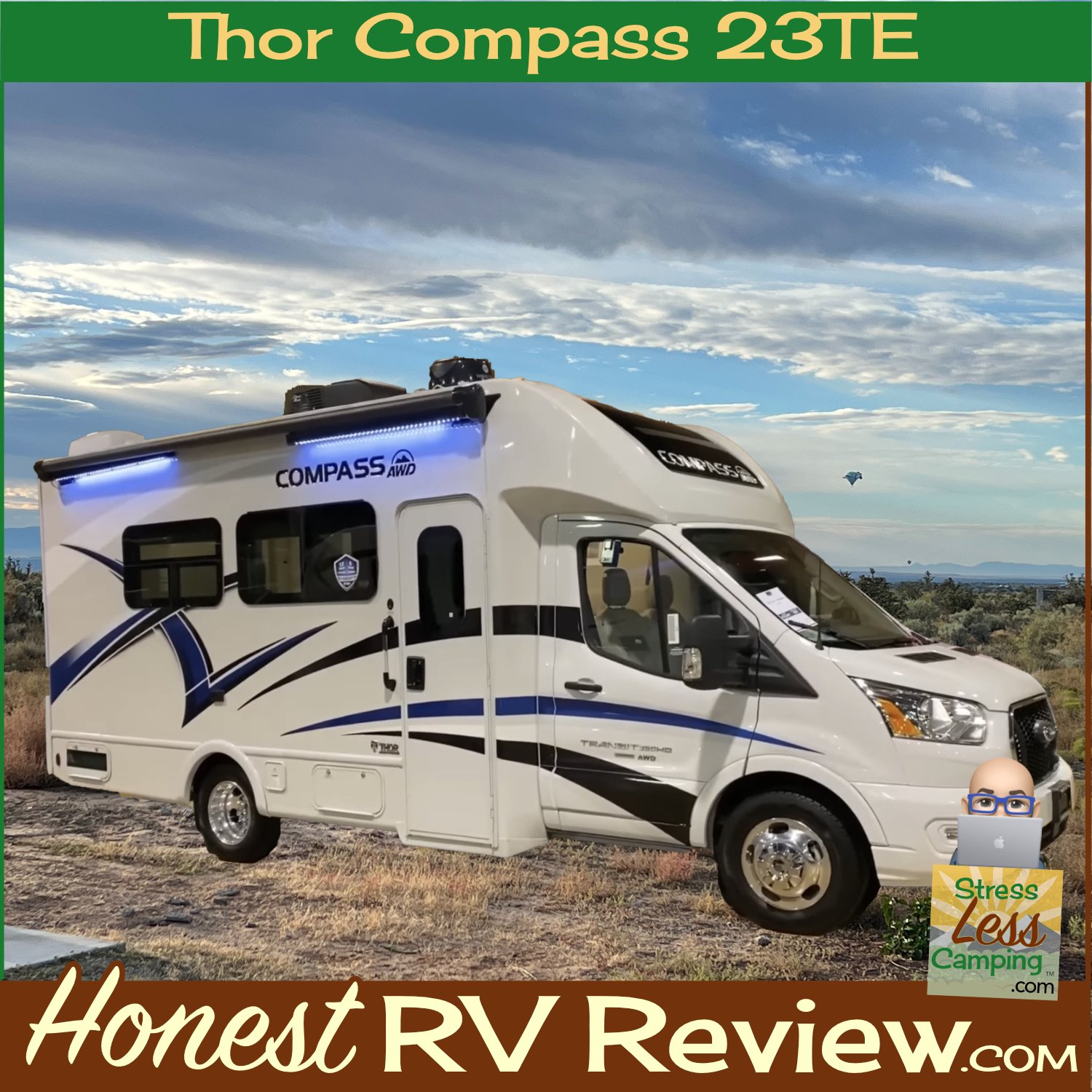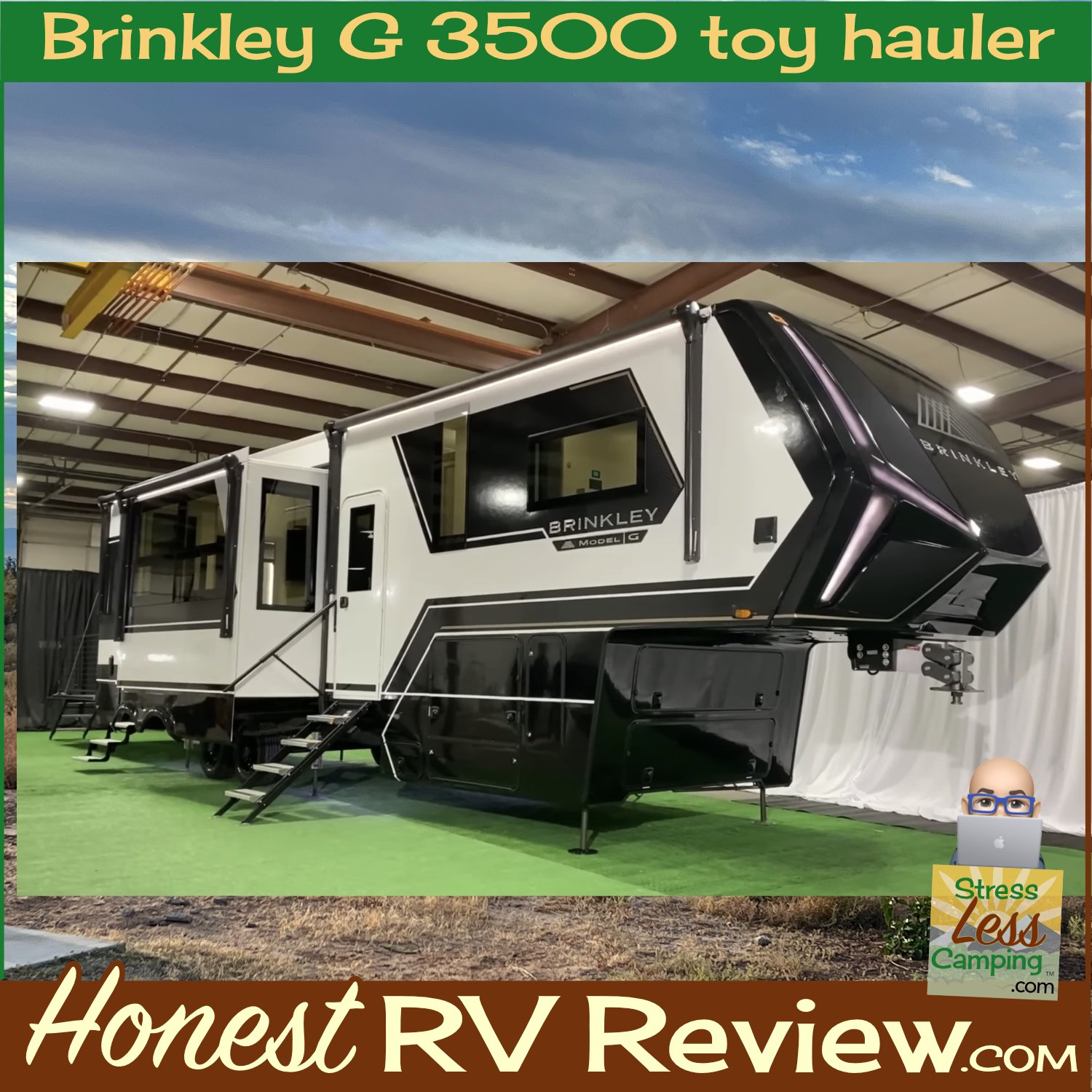RV review: Winnebago + Adventure Wagon
RV review: Winnebago + Adventure Wagon
Today’s RV review is of a Class B RV that represents a collaboration between Winnebago and Adventure Wagon. This is a truly unusual offering in some respects since it comes from a more traditional RV manufacturer but is in almost no way a traditional RV. You could almost describe it as a DIY Class B RV.
Based on the Mercedes-Benz Sprinter 177” wheelbase van what we have here is Winnebago starting a conversion process but leaving it unfinished enough that it represents an opportunity for the buyer.
Adventure Wagon
First of all, let’s look at Adventure Wagon. The Portland, Oregon company essentially makes foundation kits for both Mercedes-Benz and Ford Transit vans that enable buyers to put in a variety of components to facilitate camping. These kits include walls, insulation, heaters, windows and much more.
Included in this are wall and floor components that include tracks to which you can affix various other pieces the company offers.
Included in those pieces that can be fitted are overhead bins, chairs, cabinets, seats and much more.
The interior upfitting starts with a metal framework to which the wall panels, tracks and other permanent pieces are attached. The steel substructure is strong enough that you could hang hammocks, storage bins and other beefy items to the tracks without worrying about them coming off the walls. Typically this base structure is installed by the company themselves or certified installers they work with. In addition to the structural components, there is also insulation figured into the upfit.
The wall pieces come in various forms including upholstered interior sidewalls, bamboo interior sidewalls and more.
There is also an electrical system fitted to the van for lighting and cigarette lighter-style plugs, but predominantly this is a 12 volt power system designed to operate lighting or USB devices.
There is a provision for more power using things like portable power stations - we’ll get to that.
The interesting thing about Adventure Wagon’s kits are that they don’t require that you show-up with a new van. As long as you have a current-generation van you’re set so you could go shop for a used van and then have it converted by the company.
However the limitations for this is that you need either a Mercedes-Benz Sprinter 144 or Transit 148 High Roof Long model or a Sprinter 170 or Transit 148 High Roof Extended model. In other words, the biggest of the big from the two companies.
The good side of this is that Mercedes-Benz has been building this style of Sprinter since 2007 so there is a chance you could find a steal in a used van, although many of these are subject to serious-duty service so you might also find a van that’s seen a hard life. Shopping for a used van should be done carefully. And that’s where Winnebago comes in.
Winnebago
Winnebago basically acts as an upfitter to both Mercedes-Benz and Adventure Wagon putting that company’s kit into the Mercedes-Benz van. They also fit windows and a few other components in their Forest City, Iowa plant.
They have several unique Winnebago-designed components as well including a sink cabinet/unit. Winnebago has been very good at Class B RVs of late and they do bring that experience to the table.
But perhaps the biggest thing they bring to the table is their name. By choosing the Winnebago build of the Adventure Wagon know that your insurance company is going to be quite satisfied that you do, indeed, have an RV. While creative van builds are something I love seeing, it can be difficult in some cases to get RV insurance on these. Buying a Winnebago could be a great way around that.
Flexibility
I have written about a theoretical camper that we’ve been considering building based on the Four Wheel Pop-Up Campers Project M. In many ways, what we have here is that very idea but based on the Sprinter.
Essentially the tracks that are part of the system that Adventure Wagon installs allow you to hang and attach all sorts of things. The cool thing is that they offer overhead storage bins, cabinets and more. You can have them also install high-performance vent fans both in the back and in the front of the van.
There are also two bed options available - one sort of at waist level and then a second one higher. The higher is meant as bunks but I like the idea of the higher bed as it optimizes cargo carrying capacity as well.
You can opt in a gasoline heater system as well for those chilly nights.
Winnebago/Adventure Wagon's water system consists of a Dometic GO hydration system - simple, yet effective.
What’s not here
What there isn’t in this camper van are any holding tanks. As with the concept I wrote about in the pickup camper project the Winnebago variant includes a Dometic GO Hydration water jug system. That flows into a portable flexible bowl-style sink. To empty the sink, you just fling it outside.
Like in my prototype camper there is also no black tank, but they do take advantage of a portable toilet like the Camco Travel Toilet. I detail how simple these are to use in real-life in the article I linked there.
There is also no real household power system aboard. Again, like my own concept, this uses a portable power station as the solution to household power. The one in the Winnebago is an Eco Flow battery system that produces 3.6kWh of power. That’s substantial and could run an air conditioner, given that you have a relatively efficient unit.
But there is not a roof-top air conditioner fitted to this unit either. There are plenty of van lifers who have found great portable units that they like quite a bit.
And, while on the subject of portable units, this also incorporates a portable 12 volt cooler. These things are terrific and I really like the portable powered cooler from Dometic.
Flexible
The L track system that makes it possible to reconfigure the Winnebago Adventure Wagon on the fly.
One of the nice things about this type of van arrangement is the flexibility. Not only can you add or remove components at your own will, but you can also take everything completely out of the van and now you have a van.
There’s a lot of value in having a very large cargo van. For example, if you need a vehicle to help you transport larger items, these vans are great.
But let’s say your occupation is such that you need a van for work. Now you can have the cargo van during the week and a pretty capable camper van on the weekends.
You should never take any tax advice from me, but if you could qualify this might end-up being something that could present tax advantages to your business, for example.
The down side
The interesting thing about this partnership is that Winnebago is involved. Using only the Sprinter 170 high roof with dual rear wheels you get a van that does have a lot of load carrying capability. But as far as vans go, this is a big ‘un.
Overall length of this van is 290 inches which is 30 inches longer than a Ram 3500 crew cab dually. That is a big van! So for campers looking to Class B RVs as a way to have something that’s rather maneuverable, this may not be the solution.
Further, consider that Mercedes-Benz only offers their four cylinder diesel engine. That means that whoever services this has to be able to work on the Mercedes-Benz diesel and that’s not likely to be your local corner mechanic.
My thoughts
The idea of this partnership between Winnebago and Adventure Wagon is brilliant. You get a vehicle that is very, very easy to customize as you need it to be. It could be a work vehicle one day, an adventure vehicle the next.
You also have the capability of getting one of these with Mercedes Benz’ four-wheel-drive systems. While Mercedes Benz might not be something you associate with four-wheel-drive, know that the company is legendary in this department around the world. Plus, it would be a system designed in from the factory.
Finally, the ability to insure the vehicle can’t be discounted. There are more than a few people we’ve heard from who have had issues insuring their Class B custom vans as RVs. No issues with that here - it says “Winnebago” right on the label.
I wish that they offered this in smaller vans and, perhaps, they may. This does make sense if you consider it for double-duty - a work van and a camper van. Or, you just may want to bring a bunch of gear with you.
I also love the flexibility of this whole concept. This is the type of vehicle that typifies why Winnebago has such a strong position in the Class B RV market.
More RV reviews
We have more RV reviews that you can see including specific categories for your reference.
Our complete collection of travel trailer reviews.
Our complete collection of fifth wheel RV reviews.
Our complete collection overlanding RV reviews.
Our complete collection of motorhomes and motorized RV reviews.
Our complete collection of toy hauler RV reviews.
Our complete collection of bunkhouse RV reviews.
RV Shopping Tips
If you’re shopping for an RV we have some great resources for you.
Our complete guide with Tips for buying and selling an RV
Planning on purchasing a towable RV? Visit our RV towing guide first.
Is the mattress in your RV terrible? Check out the GhostBed RV Mattress - we love ours.
Visit an RV show
Want to check out RVs for yourself in person? We have a complete list of RV shows across the US.
